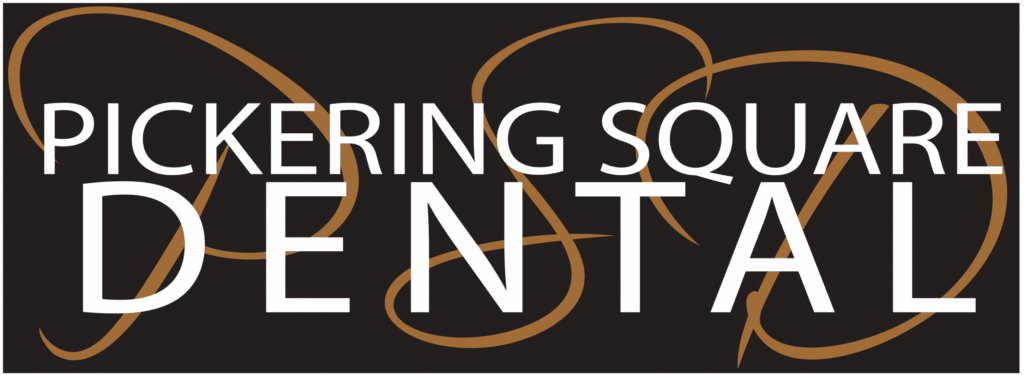Baby teeth, medically termed as deciduous teeth, are the first set of teeth in the growth development of humans and other mammals. They are also called milk teeth, and now more commonly primary teeth. They develop as early as the embryonic stage – while in the fetus – and become visible in the mouth during infancy. They are meant to be lost and replaced by permanent teeth, but can remain functional for many years.
The ages when baby teeth usually appear and fall out are as follows:
Central Incisors
The first two visible teeth on the upper and lower gums usually appear i the first 6 to 12 months and fall out once the child turns 6 or 7 years old.
Lateral Incisors
These are the two upper and lower teeth next to the central incisors that appear between the 6th and 12th month. They usually fall out in the 7th and 8th year.
Canine/Cuspid teeth (16-23 months)
The first canine (also known as cuspid) teeth become visible on the upper gums, appearing between the 16th and 22nd month. They usually fall out in the 10th and 12th year. The lower canine teeth usually appear on the 17th and 23rd month, and fall out in the 9th or 12th year.
First molars (13-19 months)
The upper first molars become visible when the child enters their 13th to 19th month, while the lower first molars appear between the 14th and 18th month. All molars s fall out when the child turns approximately 9-11 years old.
Second molars: (22-33 months)
The last set of primary teeth appear first on the lower gums, sometime between the 23rd-31st month, while the second molars on the upper gums become visible between the 25th-33rd month. The second molars commonly fall out when the child turns 10 or 12 years old.
The oral health care for babies start even before any tooth becomes visible. After each feeding, wipe the gums off with a warm, wet washcloth. Soft, thimble-like rubbery devices are also used for rubbing off excess food.
Once teeth start coming in, you can now start using a toothbrush for babies. The most ideal brushes come with soft bristles, a small head and a large handle. As soon as teeth erupt (come in), a grain-sized portion of child toothpaste may be used, increasing to a pea-sized amount when the child turns 3 years old. Toothpaste should always be spit out and not swallowed.
